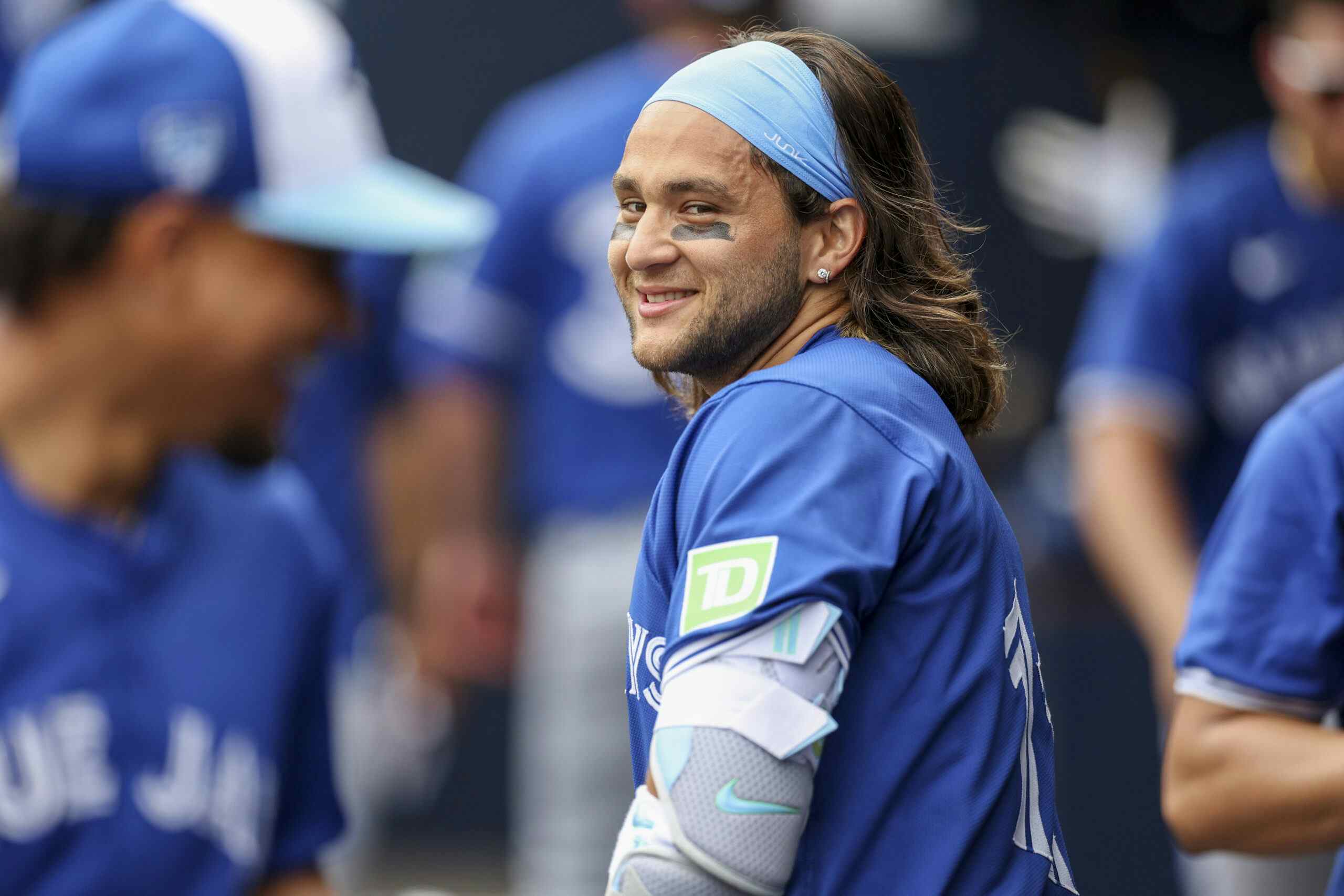Revisiting the Kevin Pillar trade

By Ian Hunter
4 years agoIt’s easy to forget that the Blue Jays traded Kevin Pillar earlier this season. He was one of the final few position players from those 2015 and 2016 playoff teams. It’s also easy to pass over Pillar because he plays the bulk of his games on the west coast.
Pillar is having himself a decent season as a member of the San Francisco Giants. He set a new career high for home runs in a single season and leads all Giants position players with 21 home runs this year. That number would rank as the third most home runs on the Blue Jays this year, too.
As far as counting stats go, Pillar has some decent numbers. In terms of his complete body of work, he’s having a typical Pillar season with a .289 OBP and 89 wRC+. Had he not been traded to the Giants, those are the exact numbers you’d expect from Pillar with the Blue Jays this year.
I was reminded of Pillar and his slightly better-than-average season after this tweet from Dave Church, comparing Pillar’s numbers to Randal Grichuk’s. Their slash lines are eerily similar.
The difference being that one player is in year one of his five year/$52 million contract extension and the other is making $5.8 million this season and is arbitration eligible for one more year in 2020.
If there’s no discernable difference between these two players on paper, why trade one away for peanuts and re-up the other for an over-market deal?
There were a few things at play with these two moves; the Pillar trade and the Grichuk extension.
Heading into this season, Grichuk’s defensive numbers played up better as a centre fielder than a right fielder. The Blue Jays tried Grichuk in centre field for 59 games, but made a stark about-face when Ross Atkins announced Teoscar Hernandez would be the team’s starting centre fielder.
Since mid-May, Grichuk played the bulk of his games in right field as the Jays have all but abandoned that experiment of having him play everyday centre field.
While the Blue Jays would’ve been fine with hanging onto Pillar this year and having him post his typical numbers, the team needed to see what they had in Grichuk, Jonathan Davis, Teoscar Hernandez and to a lesser extent, Anthony Alford and Dalton Pompey.
In retrospect, the Blue Jays have gleaned little intel during their centre field experiment. Hernandez may end up being a fixture in centre field, but other than shifting Lourdes Gurriel Jr. into centre field, the Jays have four or five outfielders with similar skill sets.
Run down the Blue Jays outfield depth chart and these players possess the same qualities: big power, lots of swing and miss in their bat, nice exit velocity and hard-hit rate numbers and above-average defensive numbers.
The emergence of Gurriel Jr. as a legitimate outfielder is the most important revelation from this whole experiment. Maybe it would not have been possible with Pillar playing centre field every day, Grichuk presumably in right field and some combination of Hernandez and McKinney in left field.
***
I get why the Blue Jays made the Pillar trade; at 30 years old and close to 2,500 big league at bats under his belt, we knew the type of player Pillar was; plus defender, low on base skills, decent baserunner, but getting pricey every year as he went through arbitration. Salary arbiters love those counting stats and Pillar posts respectable numbers in those key categories.
In some cases, it’s not the Pillar trade that people are second-guessing, it’s the contract extension handed over to Grichuk. Randal is a few years younger, plays multiple outfield positions, but his power numbers are marginally better than Pillar’s.
At $13 million in 2020 and $10.3 for the following three seasons, the Jays are paying fair market value for a player of Grichuk’s calibre. And if the organization choses to trade him, he could be a valuable trade chip in a year or two.
While Alen Hanson has been released and Juan De Paula is a lottery ticket in the low minors, Derek Law has pitched surprisingly well in the second half and could establish himself as a mainstay in the Blue Jays bullpen for the next few years.
In trades like these, you’d prefer an everyday centre fielder over a middle reliever, but with the glut of outfielders at the major and minor league level, the Jays could afford to move on from Pillar.
Pillar was never a detriment to the Blue Jays roster, but they found a suitor in the Giants at the start of the season. It seems like the team always intended on having someone else other than Pillar start centre field on Opening Day, but for whatever reason, the trade fell through.
Credit to Superman, for four consecutive seasons, he held down the fort as the Blue Jays starting centre fielder. With guys like Alford, Pompey and others nipping at his heels, nobody knocked Pillar off his perch.
As a team in transition, one can imagine Pillar’s time in Toronto was ending, anyway. Nearly every veteran player was traded this year or could walk away as a free agent at season’s end. The team felt confident they knew what to expect this year from Pillar. What they didn’t know was whether players like Alford, Grichuk, Hernandez or David could supplant Pillar as the team’s everyday centre fielder.
It’s the final month of the season and the Blue Jays aren’t much closer to finding their starting centre fielder than they were the day after the Pillar trade.
With five or six bodies to fill the position at a fraction of the cost, perhaps that was the intention all along; going younger and cheaper with a little more upside, but with a lot more uncertainty. It was a gamble the Blue Jays could afford to make.
Recent articles from Ian Hunter





